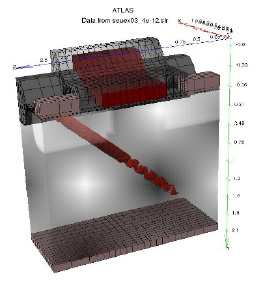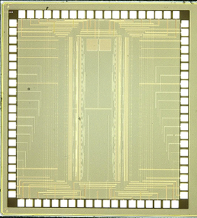Wide-bandgap (WBG) semiconductors, such as silicon carbide (SiC), gallium nitride (GaN), and diamond (C), are expected to have superior properties for power device application allowing operation at high-switching speed, high-voltage, and high-temperature. Detailed materials properties of these WBG semiconductors are, however, not well understood yet. We have been developing a carrier transport simulator combined with first-principles calculation. This will allow us to handle WBG power devices without any empirical parameters and give us a better understanding of high-electric-field carrier transport.





